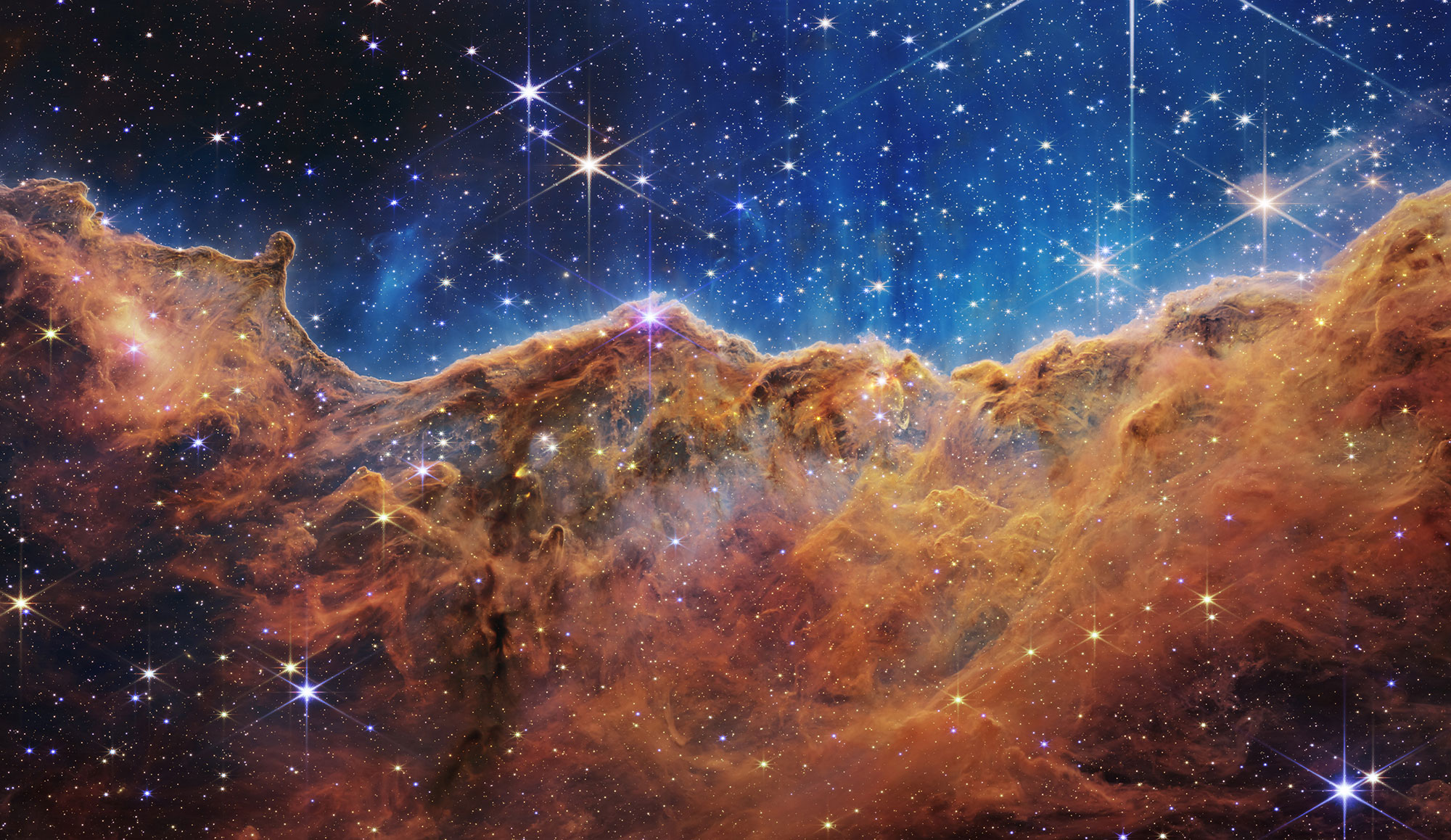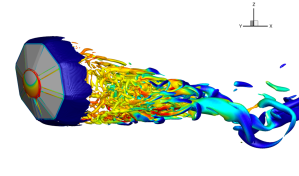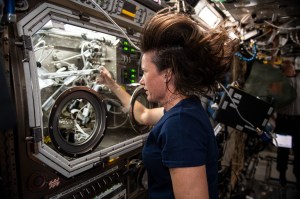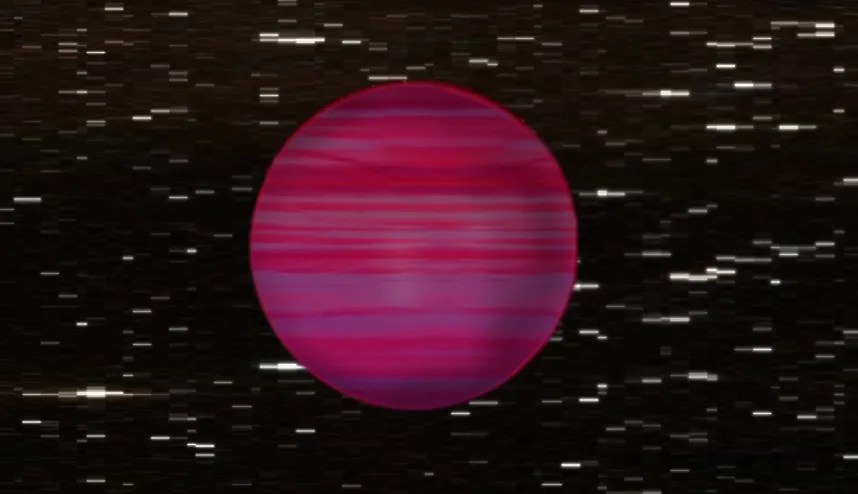Rocket Exhaust on the Moon: NASA Supercomputers Reveal Surface Effects
Through Artemis, NASA plans to explore more of the Moon than ever before with human and robotic missions on the lunar surface. Because future landers will be larger and equipped with more powerful engines than the Apollo landers, mission risks associated with their operation during landing and liftoff is significantly greater. With the agency’s goal to establish a sustained human presence on […]
4 min read
Rocket Exhaust on the Moon: NASA Supercomputers Reveal Surface Effects
Through Artemis, NASA plans to explore more of the Moon than ever before with human and robotic missions on the lunar surface. Because future landers will be larger and equipped with more powerful engines than the Apollo landers, mission risks associated with their operation during landing and liftoff is significantly greater. With the agency’s goal to establish a sustained human presence on the Moon, mission planners must understand how future landers interact with the lunar surface as they touch down in unexplored moonscapes.
Landing on the Moon is tricky. When missions fly crew and payloads to the lunar surface, spacecraft control their descent by firing rocket engines to counteract the Moon’s gravitational pull. This happens in an extreme environment that’s hard to replicate and test on Earth, namely, a combination of low gravity, no atmosphere, and the unique properties of lunar regolith – the layer of fine, loose dust and rock on the Moon’s surface.
Each time a spacecraft lands or lifts off, its engines blast supersonic plumes of hot gas toward the surface and the intense forces kick up dust and eject rocks or other debris at high speeds. This can cause hazards like visual obstructions and dust clouds that can interfere with navigation and science instrumentation or cause damage to the lander and other nearby hardware and structures. Additionally, the plumes can erode the surface under the lander. Although craters were not formed for Apollo-scale landers, it is unknown how much the larger landers being planned for upcoming Artemis missions will erode the surface and whether they will rapidly cause cratering in the landing zone, posing a risk to the lander’s stability and astronauts aboard.
To improve its understanding of plume-surface interactions (PSI), researchers at NASA’s Marshall Space Flight Center in Huntsville, Alabama, have developed new software tools to predict PSI environments for NASA projects and missions, including the Human Landing System, Commercial Lunar Payload Services initiative, and future Mars landers. These tools are already being used to predict cratering and visual obscuration on upcoming lunar missions and are helping NASA minimize risks to spacecraft and crew during future landed missions.
The team at NASA Marshall recently produced a simulation of the Apollo 12 lander engine plumes interacting with the surface and the predicted erosion that closely matched what happened during landing. This animation depicts the last half-minute of descent before engine cut-off, showing the predicted forces exerted by plumes on a flat computational surface. Known as shear stress, this is the amount of lateral, or sideways, force applied over a set area, and it is the leading cause of erosion as fluids flow across a surface. Here, the fluctuating radial patterns show the intensity of predicted shear stress. Lower shear stress is dark purple, and higher shear stress is yellow.
These simulations were run on the Pleaides supercomputer at the NASA Advanced Supercomputing facility at NASA’s Ames Research Center in California’s Silicon Valley over several weeks of runtime, generating terabytes of data.
NASA is showcasing 42 of the agency’s computational achievements at SC23, the international supercomputing conference, Nov. 12-17, 2023, in Denver, Colorado. For more technical information, visit:
https://www.nas.nasa.gov/sc23.
Used for this research, the framework for the Descent Interpolated Gas Granular Erosion Model (DIGGEM) was funded through NASA’s Small Business Innovation Research program within NASA’s Space Technology Mission Directorate (STMD) in Washington, and by the Stereo Cameras for Lunar Plume Surface Studiesproject that is managed by NASA’s Langley Research Center Hampton, Virginia also funded by STMD. The Loci/CHEM+DIGGEM code was further refined through direct support for flight projects within the Human Landing System program funded by NASA’s Exploration Systems Development Mission Directorate (ESDMD) in Washington as well as the Strategy and Architecture Office in ESDMD.
For news media:
Members of the news media interested in covering this topic should reach out to the NASA Ames newsroom.
Share
Details
Related Terms

What's Your Reaction?















































